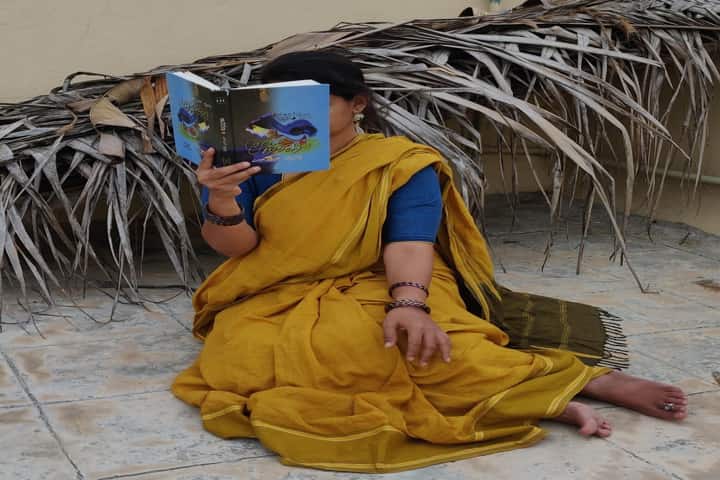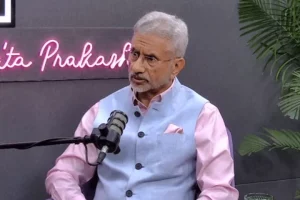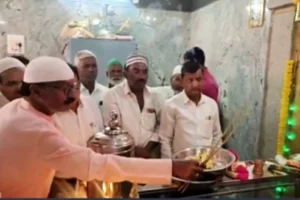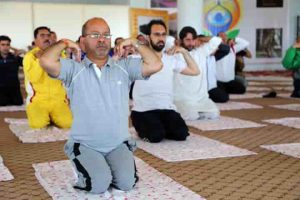One of the finest examples of weaving which dates back to 4,500 years in India are Karnataka’s Udupi sarees which are being revived after having suffered a setback in the last few years
This variety is made on the Malabar frame loom, introduced by Germany’s Basel Mission, by using fine 40, 60 and 80-count single-ply combed cotton yarns. Due to power looms in the 1980s, there was a decline in the number of these traditional weavers and Udupi sarees, with synthetic and power loom sarees dominating the market.
Now there is a change in the scenario with non-governmental organisations stepping in, to revive this traditional artform in the districts of Udupi and Dakshina Kannada, thereby providing a ray of hope for the weavers and their products.
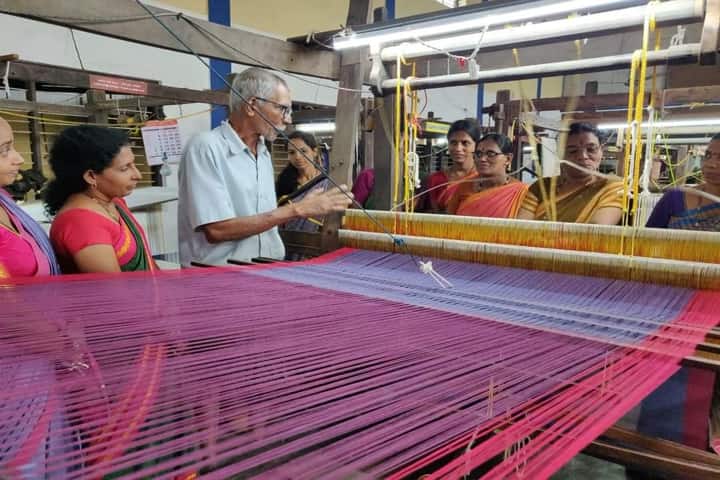
The focus of the NGOs is the youth, who they believe can learn the craft and take it forward. With the help of National Rural Livelihood Mission, the Udupi District Primary Weavers’ Services Cooperative Societies and Padmashali Nekara Prathistana, have commenced training 25 persons at the district resource centre located in Manipal’s Rajathadri.
The trainees are already feeling confident and the Prathistana has sourced six handlooms to train them. While for many this the first time they are using a handloom, for others it is a revival of their old craft. For example, Manjunath is learning to weave Udupi sarees along with his daughter and daughter-in-law. He hopes to take the legacy forward.
The trainees are being paid a stipend of Rs.10,000 and also provided Rs.2,000 as bus fare.
Three more batches of 25 members each are expected to be trained by Prathistana by the end of this year. Thus a total of 100 weavers will be trained in 2023.
The Kadike Trust in Karkala has helped greatly in marketing and selling the Udupi sarees. Now they are being sold with an attractive logo, consisting of the name and picture of the weaver. This has enabled these sarees gain space in the market.
The Geographical Indication tag also helped in the revival of Udupi sarees In 2020, the Talipady Primary Weavers Service Cooperative Society Ltd, Kinnigoli, became the first user and last year four more societies obtained it the GI tag.
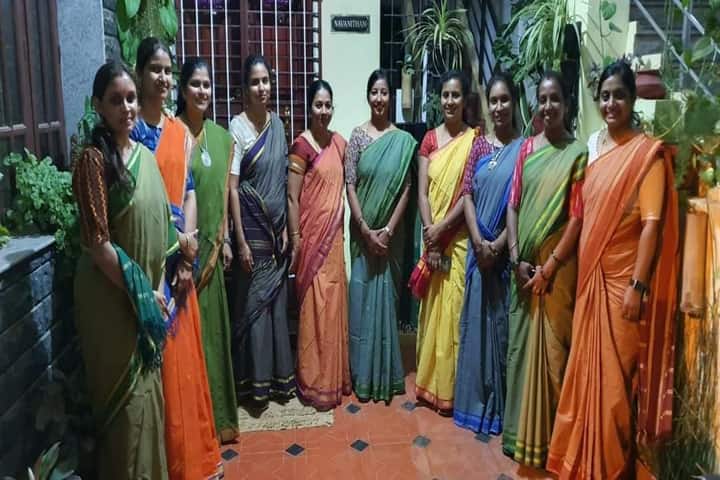
USP of Udupi Sarees
Made from the finest single ply pure cotton yarns, Udupi sarees are dyed locally in soothing, aesthetic and appealing colours. These garments have a very long life. They are either plain or have checkered designs and their pallu and border have contrasting colours.
Some of the unique features of these sarees include dyeing pallu portions in the dark shade after preparing the warp, usage of starch on the loom while weaving, the use of cut border technique to weave checkered sarees, and using extra weft technique to weave motifs.






